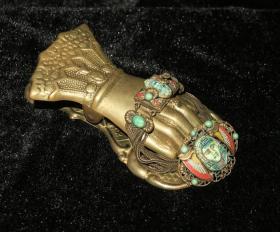
拜占庭余辉—奥斯曼帝国皇族御用宝饰—埃及艳后法老双面雕宝石镶嵌五彩珐琅满工锁扣式女用手钏
¥ 51800 九品
仅1件
海外亚洲
认证卖家担保交易快速发货售后保障
制作者奥斯曼帝国
材质手工打造
尺寸6 × 10 cm
上书时间2023-05-26
- 在售商品 暂无
- 平均发货时间 暂无
- 好评率 暂无
- 店主推荐
- 最新上架
商品详情
- 品相描述:九品
-
东京公司库存,贵金属宝石类不寄中国(港澳台除外)。
可开据电子版或纸本领受书(二选一),相当于中国的发票。
商品是手链,铜手镇纸和末图(狮身人面像)仅供参考,非卖品。
男女通用款,太胖的例外(太胖但手腕细者,瘦却手腕粗者另当别论)。
构造相当复杂,建议当面查看(预约制,需介绍人),可接受人民币付款。
如果是网站客户或网站推荐的客户,无论手续费多少,在此基础上再加5个点。
- 商品描述
-
全部图像点击
http://estlune.com/cn/product/turquoise
闭合时长约6cm,展开长约10cm,埃及艳后约4×3cm,法老约2.5×1.5cm,重约31g,封锁式构造。镶嵌8颗瓷光宝石级绿松石,同样宝石级别绿松石凿刻的艳后和法老表情威严,栩栩如生,细节一丝不苟,叹为观止。15世纪中后期奥斯曼帝国皇室女用手钏,世界各大博物馆均无著录,目前已知唯一。几乎可以忽略不计的岁月痕迹,美品。
纯手工打造,包括链环在内皆为纯手工焊接,艳后和法老雕像周边镂刻夔龙纹,夔龙之身细长,相互勾连,形成组合图案。施以五彩珐琅,美轮美奂。夔为传说中神兽,形态近似蛇,中国战国时期用于器皿足口和腰部装饰,古代埃及夔纹更近似龙,且已发展成几何图形。
俗称埃及艳后的克利奥帕特拉七世不等同现代意义的皇后或女王,她本身就是法老(法语Pharaon),也即国王。两种称呼都拥有古埃及国家最高的统治和宗教权力,被称为“所有神殿的大祭司”。 艳后头像与艺术、文学、宗教一同构成古埃及人秩序观中不可或缺的核心要素。
克利奥帕特拉七世想必是全世界最著名到没有之一的美女,她用美貌征服了凯撒大帝,语言对于她的妩媚妖艳来说纯属多余。无奈中原逐鹿不由人,野心膨胀的结果换来的是帝国崩溃。大势已去之际,她用毒蛇咬伤乳房,身穿国王礼服坐在金色的法老宝座上优雅离世。
绿松石自古罗马时代起即是皇家贵族的高档宝石,价值堪比黄金。其后始终贯穿奥斯曼帝国,成为体现帝国实力的重要因素。拜占庭文明海纳百川,结合外来文化,兼具传统与开放。因此绿松石常与黄金搭配作为奢侈装饰品,兼具自然和靓丽。
1453年5月末,信仰真主的突厥人攻陷了信仰上帝的东罗马帝国首都拜占庭,由此诞生了横跨欧亚大陆的奥斯曼帝国,拜占庭改名君士坦丁堡,此后将近500年间一直作为全世界最大帝国的首都存在,直到1930年帝国瓦解,由土耳其共和国更名伊斯兰堡持续至今。
奥斯曼帝国能够持续500年,原因有诸多,不是三言两语能够说清。主因可简单概括为同化共存。国民有信仰自由,不反对继续信上帝,同时也欢迎改信真主。于是埃及传说中的男神斯芬克斯,以及在希腊神话中更改性别的女神斯芬克斯得以共存,与此同时被添加土耳其因素,比如绿松石。
绿松石是中国的称呼,国际学名土耳其石,法语和英文都是turquoise,语源法语,原意来自突厥的玉石。虽然现在因为人工合成品泛滥已价廉如石,但倒退500年前,土耳其石的珍贵性堪比珍珠。顺便一提,其时钻石还没有诞生。
此件选用瓷光级高贵绿松石,正面雕刻古希腊神话长有双翼的女神斯芬克斯(埃及艳后),背面雕刻埃及传说中的男神斯芬克斯(法老)。女神开脸威严,男神表情庄重,雕刻甚佳。
四周镶嵌玉石级半透明绿松石,装饰镂空满工云纹,又以五彩珐琅上色,殊为难得。手链为纯手工千锤百炼的0.01毫米圆环组成,在没有显微镜的年代,难度之大不亚于狮身人面像。
关于狮身人面像,目前依然是谜,成因待考。需要说明的是斯芬克斯不等于狮身人面像,这是完全不同的两种神和信仰。
turquoise bracelet of 14th-15th century Ottoman royal family jewelry
It is about 6cm long when closed, about 10cm long when unfolded, about 4×3cm for Cleopatra, about 2.5×1.5cm for Pharaoh, and about 31g in weight, with a closed structure.
Inlaid with 8 gem-quality turquoises, the expressions of Cleopatra and Pharaoh chiseled from the same gem-quality turquoise are majestic and lifelike, and the details are meticulous and breathtaking.
In the middle and late 15th century, the Ottoman imperial women's bracelets are not recorded in any major museums in the world, and the only one known so far. Almost negligible signs of aging, excellent condition with no damage.
It is purely handcrafted, including the chain links, which are all welded by hand. The dragon patterns are engraved around the statues of Cleopatra and Pharaoh. The dragons are slender and interlinked to form a combination pattern. Apply colorful enamel, beautiful.
Kui is a legendary mythical beast whose shape resembles a snake. It was used to decorate the mouth and waist of vessels during the Warring States Period in China. The ancient Egyptian Kui pattern is more similar to a dragon and has developed into geometric shapes.
Turquoise has been a high-end gemstone for royal nobles since ancient Rome, and its value is comparable to gold. Since then, it has always run through the Ottoman Empire and has become an important factor reflecting the strength of the empire.
The Byzantine civilization embraced all rivers and rivers, combined with foreign cultures, and was both traditional and open. Therefore, turquoise is often paired with gold as a luxury decoration, which is both natural and beautiful.
株式会社明月2017年创立,位于东京,距离东武练马站(东武东上线)步行约10分钟。持有包括书籍商许可(東京公安委員会登録番号:305491805941),特定国際種事業者(第02677号)在内的日本国经营合法资质,公司追求情怀、文化和品位。网站上所有商品均为现货,不从事代购业务。原则上除日本公司库存贵金属(如钻石、黄金)以外均可在孔夫子付款。
专注于中国、日本和法国古籍,尤其倾力于CURIOSA(高雅情色)艺术。在独特和珍本书籍,新艺术派,亲笔签名,手稿,书籍装帧艺术领域持有众多精品。以20年以上的艺术品和古籍专业经验,保证商品的真实性和如实描述。
截至2023年5月18日,公司资质如下:
公益财团法人板桥法人会 正会员
日本国法务大臣认定:高度专业人才
全国美术商连合会(Japan Art Dealer Association) 正会员
东京都公安委员会登录番号(书籍商):第305491805941号
— 没有更多了 —










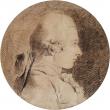
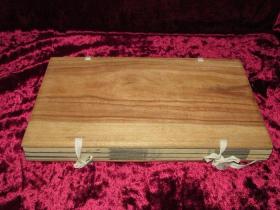
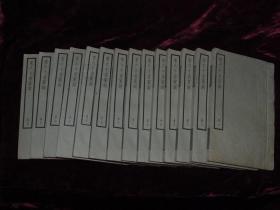
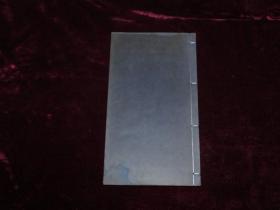
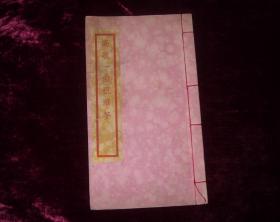
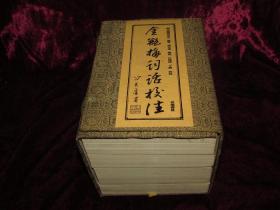
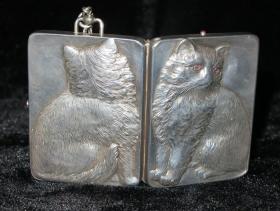
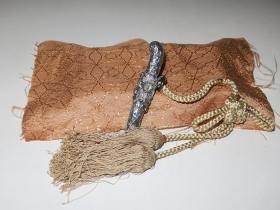
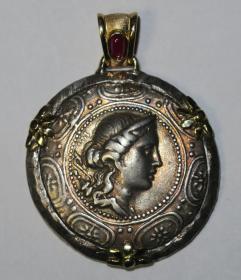


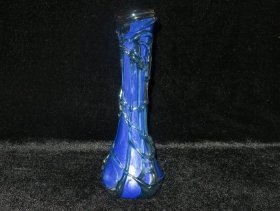








以下为对购买帮助不大的评价